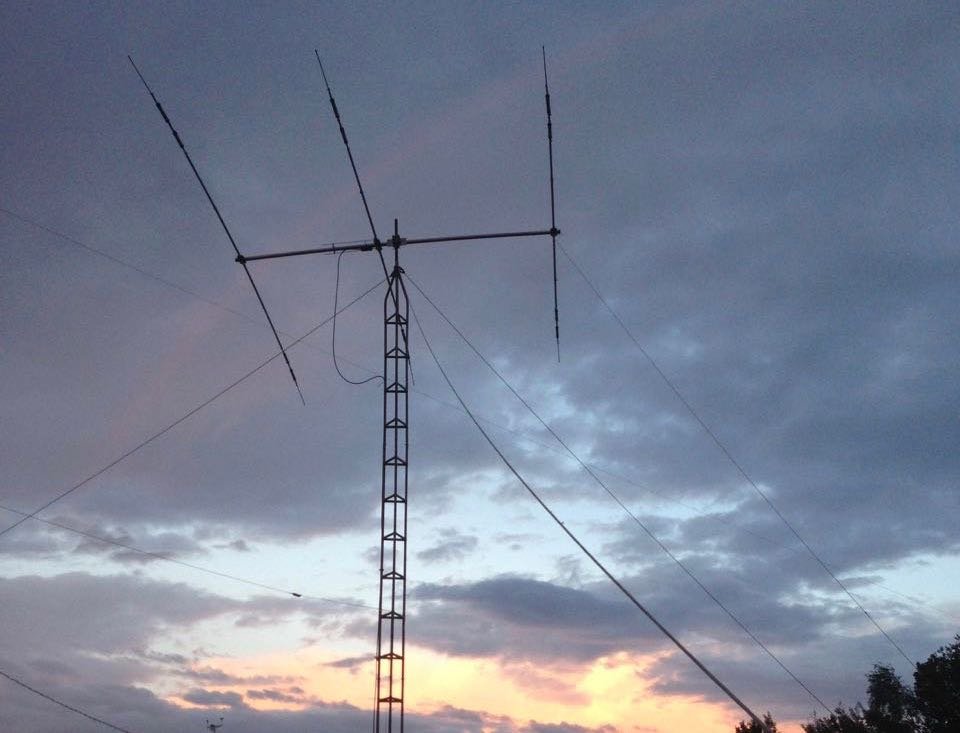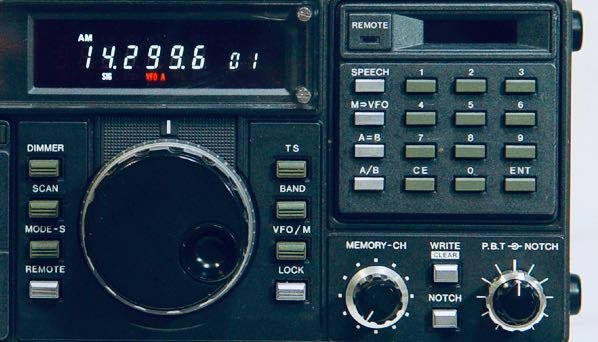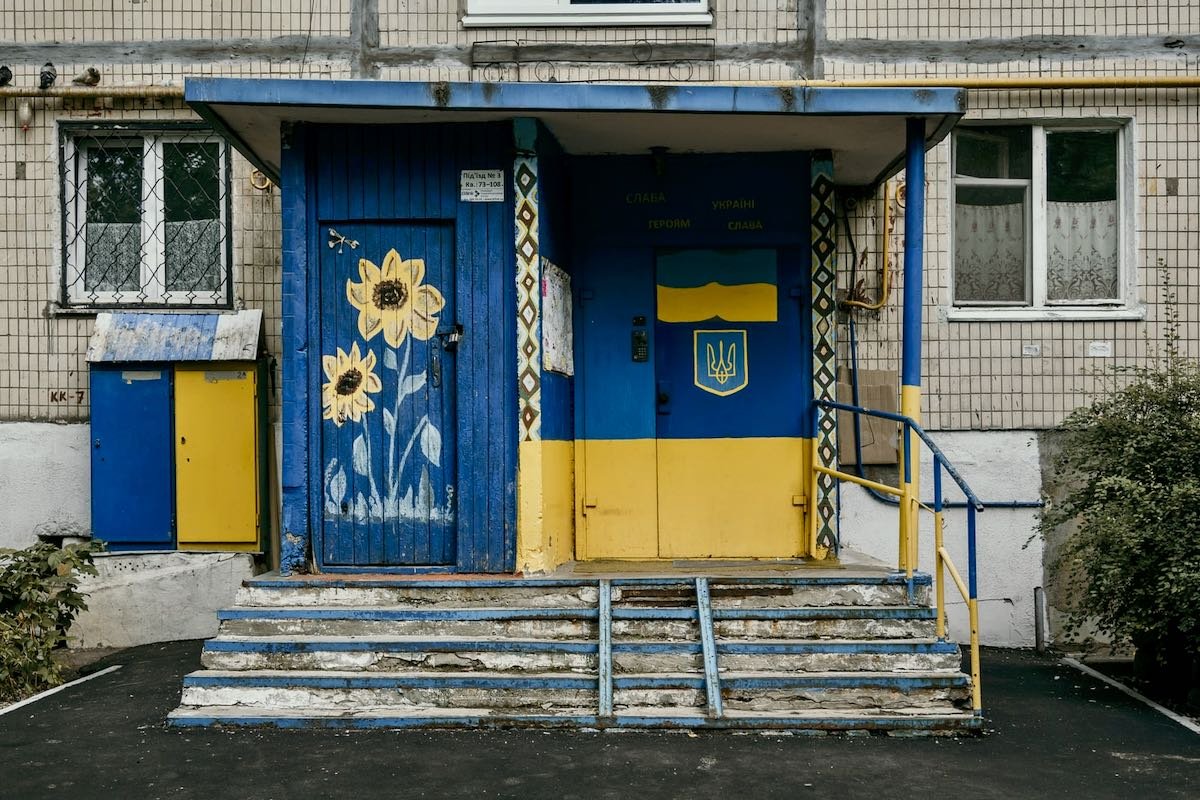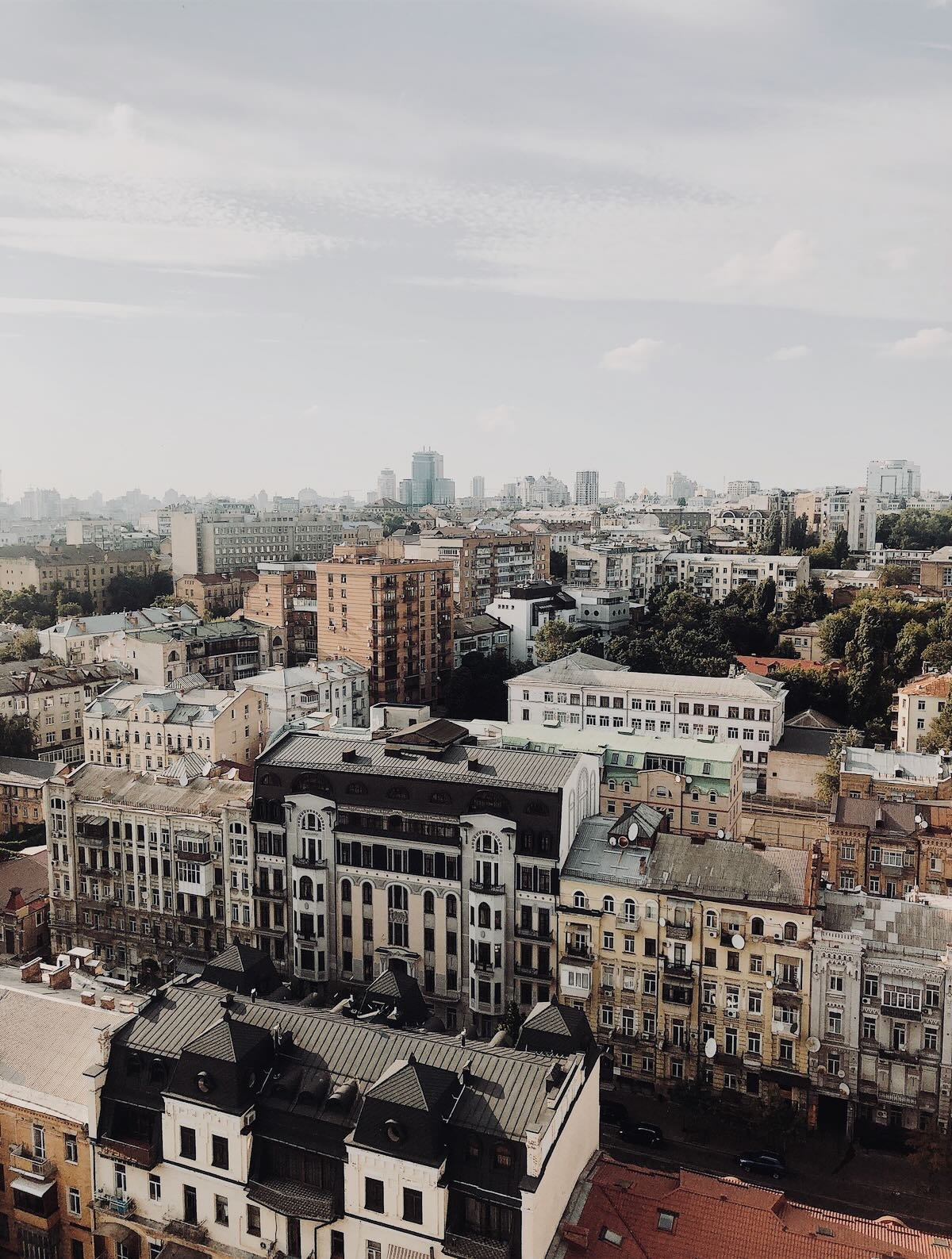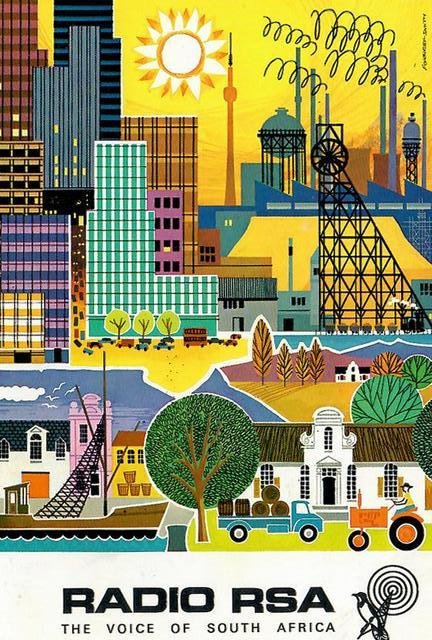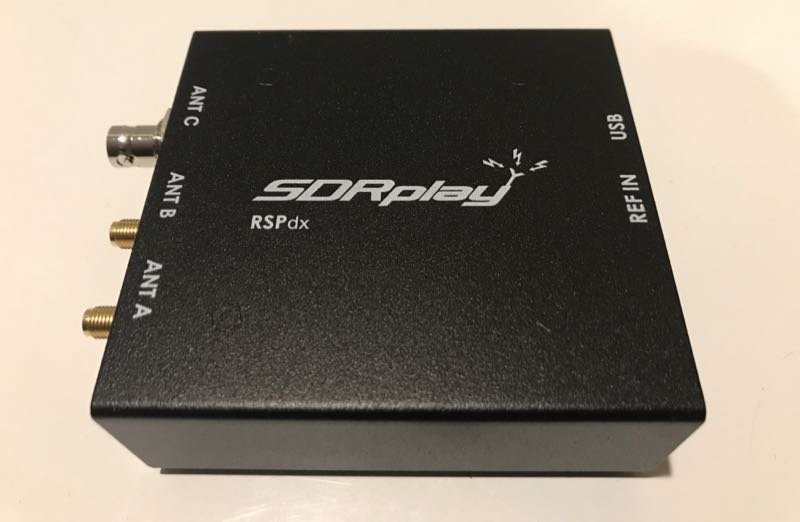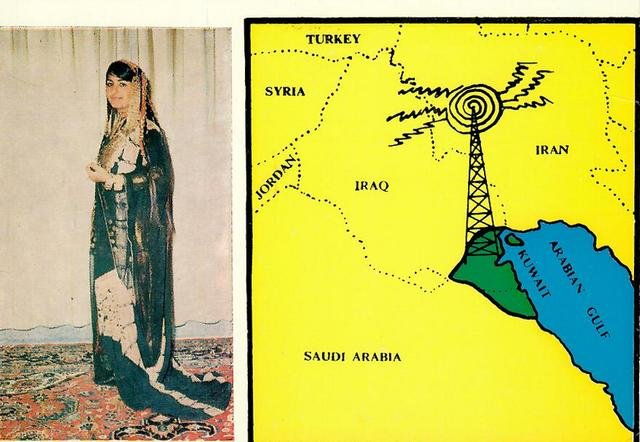The project can be explored in full at https://citiesandmemory.com/shortwave and features:
Recordings from the mysterious spy radio and “numbers stations” around the world
Coverage of world-changing events such as 9/11, the invasion of Kuwait, Kennedy’s assassination, Tiananmen Square protests, the death of Fidel Castro and many more
Rare international recordings from North Korea, Saudi Arabia, St. Helena, the Falkland Islands and Antarctica
Recordings covering a huge period of time from 1934 through to the present day
Space travel documented including the Sputnik, Apollo and Challenger missions
Recordings of famous voices such as Winston Churchill and King George V
Station IDs, interval signals and final broadcasts from radio stations
Stuart Fowkes, founder of Cities and Memory, said:
“Shortwave radio is one of the most fascinating sonic worlds - each recording is a unique time capsule capturing vital moments in world history as well as the thrill of pirate radio, clandestine radio stations, secretive number stations and military and spy radio.
These are sounds to be treasured: all of humanity is truly out there to be listened to at the turn of a dial - and is source material for some extraordinary compositions.”
Taking the world of shortwave radio to an entirely different place, each recording has been reshaped and reimagined as a creative recomposed sound by more than 120 musicians and sound artists, in turn reflecting on current concerns covering everything from climate change to the Covid-19 pandemic.
Shortwave Transmissions is the latest project from Cities and Memory, a global, collaborative network of sound recordists and artists based in Oxford, UK. Previous global sound projects have included #StayHomeSounds (a global mapping of the sounds of the Covid-19 lockdown), Protest and Politics (the biggest ever collection of the sounds of protest) and Sacred Spaces, the first global survey of the sounds of churches, temples, prayer and worship.
It has more than 5,000 sounds on its global sound map covering more than 100 countries and territories, and more than 1,000 worldwide contributing artists since its launch in 2015.
https://youtu.be/v3oVWUUxOOg



